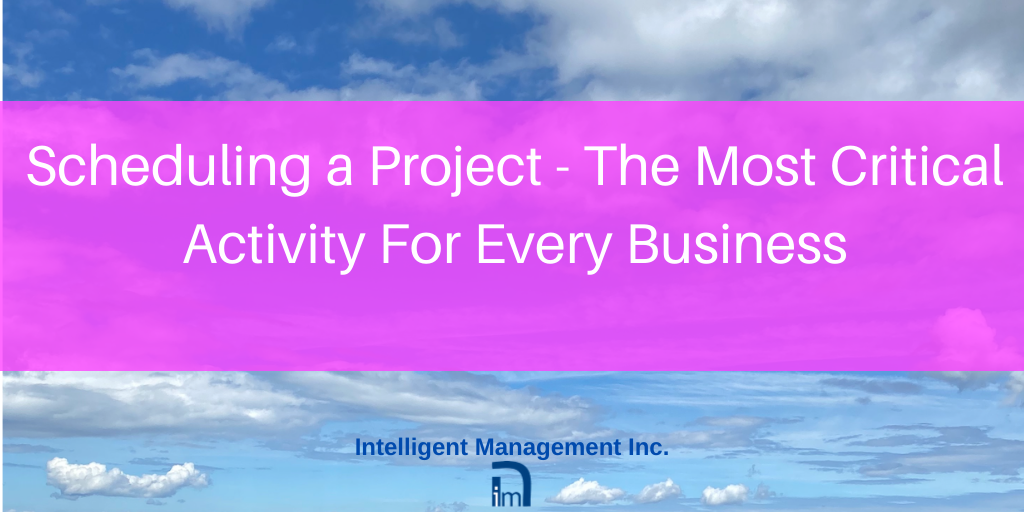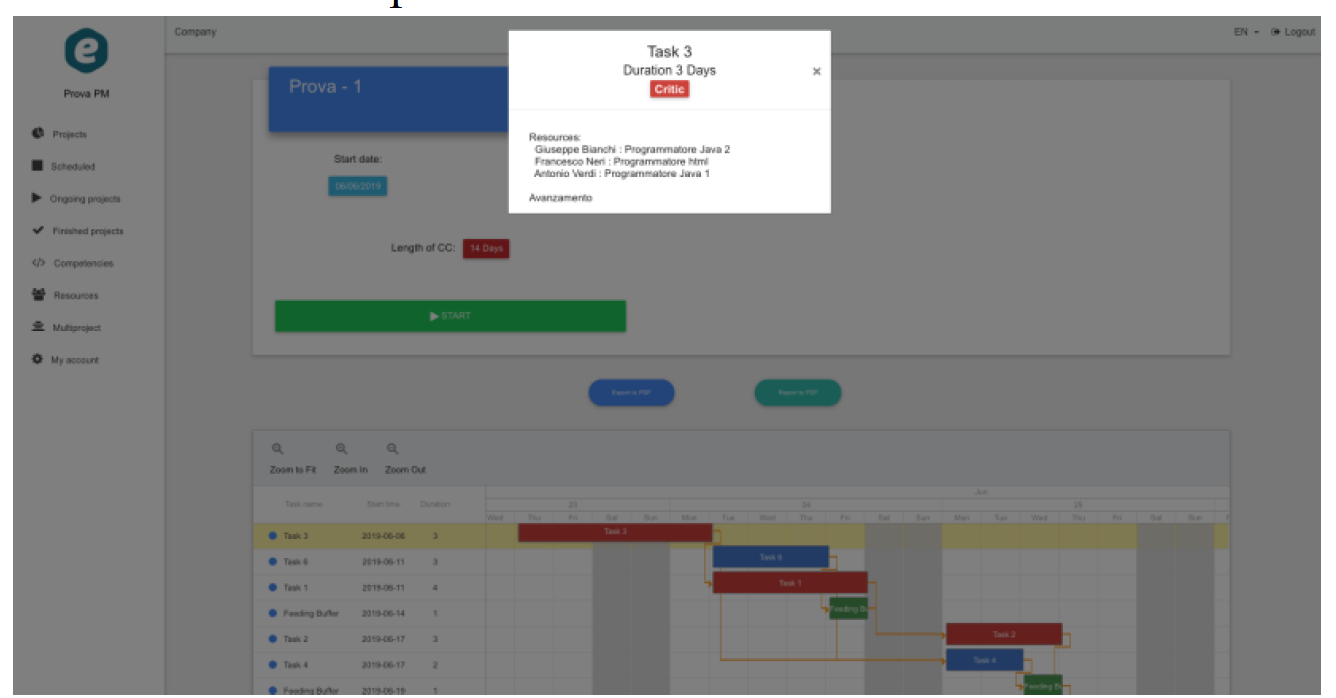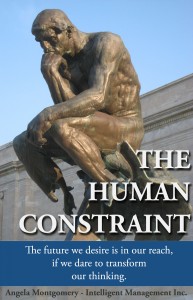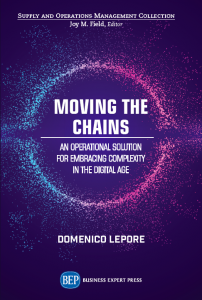
Building an organization as a whole system all starts with scheduling, as pointed out by Dr. Domenico Lepore in Part 7 of this series. Here in Part 8 he introduces the all important subject of scheduling.
The process of scheduling
As we stated in Part 2 of this series, you cannot have the same person work on two different tasks at the same time. Scheduling must be “realistic”. At the core of Critical Chain Project Management, just as with Drum Buffer Rope in The Goal, there is the common sense, yet revolutionary, concept of “finite capacity scheduling”
The reason why we want to “manage” a project instead of just “pushing ahead with an uncoordinated set of tasks” is because we want to honour our commitment to the customer for an agreed-upon delivery date. Accordingly, the first step in scheduling must be to establish a “delivery date”; moreover, we want to protect this date from the vagaries of life (scientifically: Variation), hence we decide upfront how much protection we want to have. We call it a Project Buffer. Indeed, the size of the buffer is in some way connected to the amount of uncertainty we anticipate in the development of the activities. As the length of the project is dictated by its Critical Chain (the constraint of the project) the size of the buffer will be a percentage of the length of the Critical Chain.
The length of the Critical Chain of each project will obviously be influenced by available competencies so, the second step is to create the repository of available competencies the organization will rely upon to conduct its projects. Needless to say, competencies belong to individuals and so the third step in the scheduling process is to create the list of resources that will be called upon to execute the projects.
The fourth step is to assign to each resource as many competencies (at least one!) as he/she has and it would be wise to specify a “level” at which that competence can be exercised (high, medium, low, etc.). Of course, a resource with high level of competence X also possesses the medium and the low levels.
A project is made of tasks; these can be logically derived by identifying the steps necessary to achieve the goal of the project; in TOC this is done by developing a Prerequisite Tree and we can call this the fifth step in the scheduling process.
Immediately after, we have the need to provide an estimate for the task duration and this is the sixth step in the scheduling process. This can be powerfully aided by the development of Transition Trees; they specify the details of the task to be executed, the reason why we want to perform it and the need that originated the task. With these elements in mind we can make an educated estimate of the task duration and decide the level of the competence we need to execute it in the desired timeframe. (Basically, based on the level of the competence required and the resource we have available for performing the task, we can provide an acceptable time estimate).
Now we are ready to build the network, the seventh step in the scheduling process, and get a good visual sense of how activities are connected. Ess3ntial does it in a very simple and elegant way.
Time to schedule. The eighth step is to build the logical sequence of events, the Critical Path. This provides the clear-cut logical sequence of how the tasks should be performed. Unfortunately, reality bites and we have to deal with what we have available. Things may change drastically in this light, especially if you need to manage several projects simultaneously. This is what the powerful algorithm embedded into Ess3ntial is for: to make a reality check on what we can REALLY do, to transform the Critical Path into a critical chain – the constraint of the Project. This is the ninth step in the scheduling process.

A scheduled project is ready to be launched. Launching it is the tenth step in the scheduling process, when available competencies are deployed, resources taken into account and we can begin to manage the project.
How? By understanding how the Chains of the projects are moving, how much the Buffer is impacted by the progress of the activities in the project.
The eleventh step does precisely this: it allows us to manage based on understanding the impact of variation on the overall activities taking place. Ess3ntial leverages process behaviour charts to gain insight into the overall predictability of the project; by understanding buffer variation in statistical terms we can decide the appropriate course of action to manage projects. Buffer management done in this way focuses on process predictability (how reliably we execute tasks) instead of imposing colourful artificial boundaries (the three coloured zones) onto what we should do to improve project execution.
I hope this helps.
Sign up to receive our weekly blog in the form at the top of this page.
OTHER ARTICLES IN THIS SERIES:
- Deming, Goldratt and Critical Chain – the Pillars for Transforming Management and Organizations Today
- A New Perspective for Business Management
- Solving the Core Problem that Prevents Companies from Achieving Sustainable Growth
- How to Scale a Business Sustainably
- The Key Ingredients of an Organization Redesign for Complexity and Speed
- How to Improve Company Culture and Performance with a Transformation Based on Competencies
- Transforming to an End-to-end Operating Model with a Whole System Technology
- Scheduling a Project – the Most Critical Activity for Every Business
Contact: intelligentmanagement@sechel.ws
SCHEDULE AN INTRODUCTORY CALL WITH US







Leave a Reply